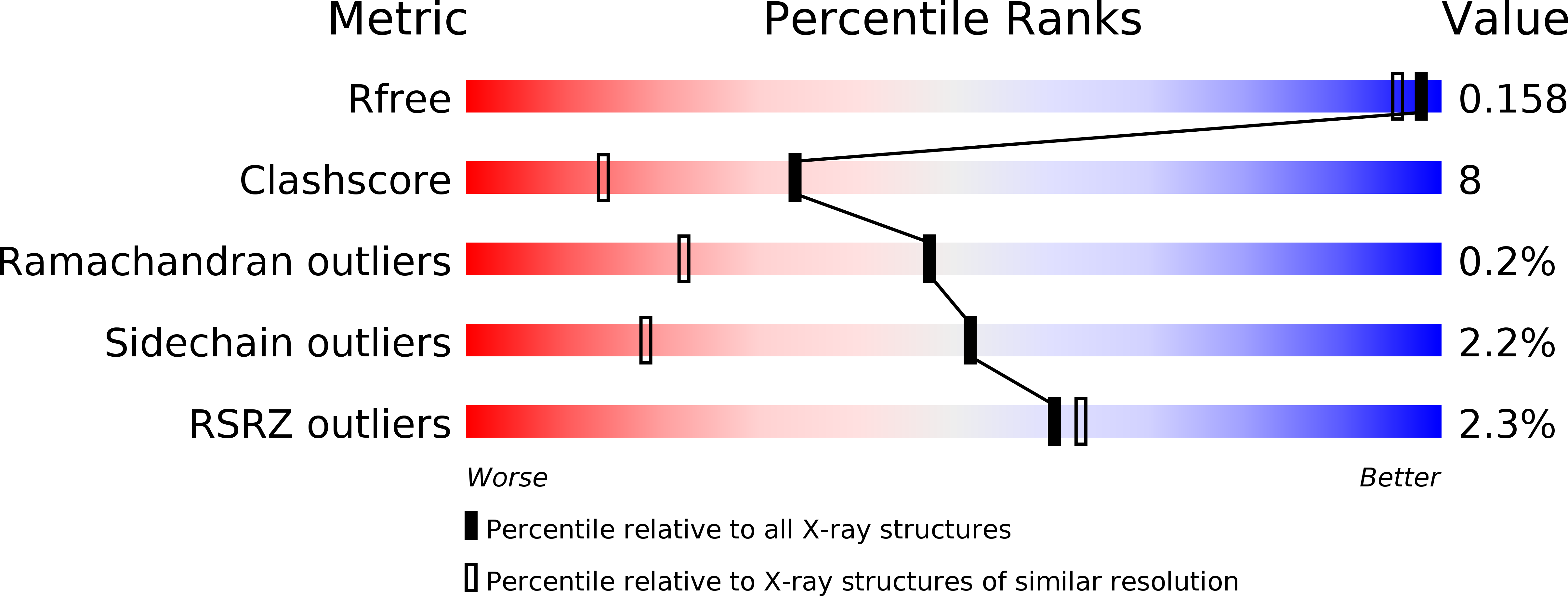
Deposition Date
2018-07-30
Release Date
2019-01-09
Last Version Date
2024-05-15
Entry Detail
PDB ID:
6H6S
Keywords:
Title:
Sad phasing on nickel-substituted human carbonic anhydrase II
Biological Source:
Source Organism:
Homo sapiens (Taxon ID: 9606)
Host Organism:
Method Details:
Experimental Method:
Resolution:
1.45 Å
R-Value Free:
0.20
R-Value Work:
0.14
R-Value Observed:
0.15
Space Group:
P 1 21 1


